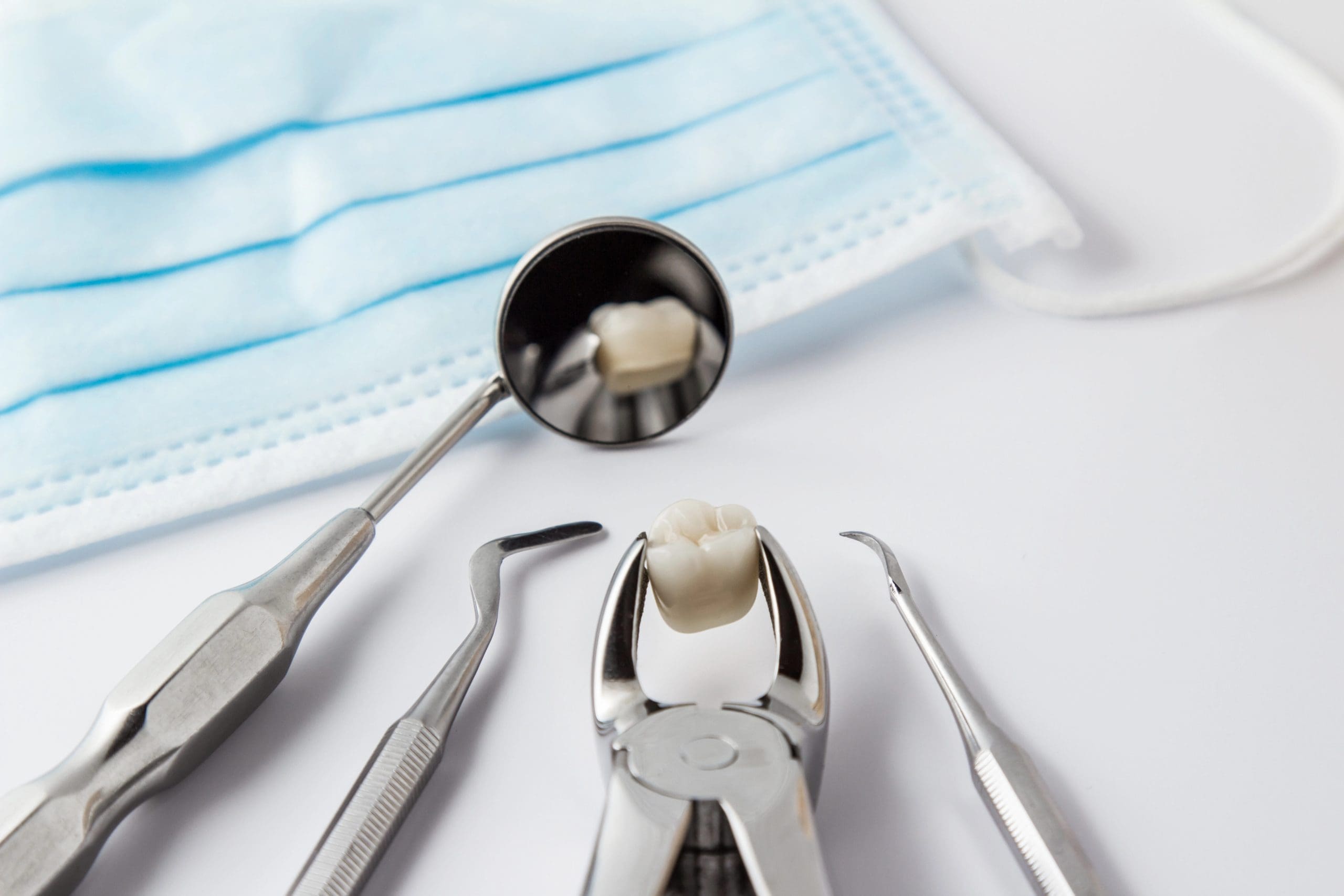Are you aware of the critical information surrounding emergency tooth extraction that could save you from severe dental complications? Emergency tooth extraction is a procedure performed to remove a tooth that poses an immediate threat to your oral health, often due to severe pain, infection, or trauma. Understanding the basics of this urgent dental intervention can help you recognize when it’s necessary and what to expect.
Emergency Tooth Extraction
Recognizing the signs that you may need an emergency tooth extraction is crucial for maintaining your oral health. Severe tooth pain that doesn’t subside, swelling around the affected area, and noticeable damage to the tooth are all indicators that you might require immediate attention. Additionally, if you experience a persistent bad taste in your mouth or have difficulty opening your mouth, these could be signs of an underlying issue that necessitates an emergency tooth extraction.
Ignoring these symptoms can lead to more severe complications, including infections that can spread to other parts of your body. It’s essential to act quickly if you notice any of these signs to prevent further damage. For more information on how to handle such situations, visit our page on Dental Trauma Treatment: How to Act Fast and Save Your Smile.
Common Causes for Tooth Extraction
Tooth extraction is often a necessary procedure to address various dental issues that can no longer be managed through other treatments. One of the most common causes of tooth extraction is severe tooth decay that has damaged the tooth beyond repair. When decay penetrates deep into the tooth and affects the pulp, it can lead to unbearable pain and infection, necessitating removal. Another frequent reason is gum disease, which can weaken the supporting structures of the teeth, making them loose and requiring extraction to prevent further oral health complications.
Trauma or injury to the mouth can also result in the need for an emergency tooth extraction. Accidents, falls, or sports injuries can cause significant damage to teeth, sometimes making it impossible to save them. Additionally, overcrowding in the mouth may require the removal of one or more teeth to make space for proper alignment. For those experiencing any of these issues, seeking prompt care is crucial. If you find yourself in need of urgent dental attention, consider visiting Woodstock Emergency Dental Care for professional assistance.
Preparing for the Procedure
When facing an emergency tooth extraction, it’s crucial to be mentally and physically prepared for the procedure. Understanding what to expect can help alleviate some of the anxiety associated with an emergency tooth extraction. Typically, the process involves a thorough examination by a dental professional to assess the severity of the issue and determine the best course of action. Being informed about the steps involved can make the experience more manageable and ensure that you are ready for what lies ahead.
What to Expect During Extraction
When facing an emergency tooth extraction, it’s natural to feel anxious about the procedure. Typically, the process begins with a thorough examination and X-rays to assess the condition of the tooth and surrounding bone. Local anesthesia is administered to numb the area, ensuring you remain comfortable throughout the extraction. The dentist will then carefully remove the tooth, sometimes in sections if necessary, to minimize trauma to the surrounding tissues. After the tooth is removed, the area is cleaned and stitched if needed to promote healing. Understanding what to expect during an emergency tooth extraction can help alleviate some of the stress associated with the procedure. For more information, you can always consult with a Woodstock Dentist.
Pain Management Post-Extraction
After an emergency tooth extraction, managing pain effectively is crucial for a smooth recovery. The discomfort experienced post-extraction can vary depending on the complexity of the procedure and individual pain tolerance. It’s common to feel some level of pain and swelling in the affected area, which typically subsides within a few days. Understanding the normal healing process and recognizing when pain might indicate a complication can help ensure that your recovery from an emergency tooth extraction proceeds as expected.
Healing Process Overview
After undergoing an emergency tooth extraction, understanding the healing process is crucial for a smooth recovery. Typically, the initial healing phase lasts about one to two weeks, during which the blood clot forms in the socket to protect the bone and nerves. It’s essential to follow your dentist’s post-operative care instructions to avoid complications such as dry sockets. Maintaining good oral hygiene, avoiding strenuous activities, and sticking to a soft food diet can significantly aid in the healing process. Remember, each individual’s recovery may vary, so regular follow-ups with your dentist are recommended to ensure proper healing after an emergency tooth extraction.
Potential Complications to Watch
When undergoing an emergency tooth extraction, it’s crucial to be aware of potential complications that may arise. Common issues include infection at the extraction site, prolonged bleeding, and dry socket, a painful condition where the blood clot dislodges prematurely. Additionally, nerve damage can occur, leading to numbness or tingling in the lips, tongue, or chin. To minimize these risks, follow your dentist’s post-operative care instructions meticulously and seek immediate medical attention if you experience severe pain, swelling, or signs of infection. Understanding these potential complications ensures you’re better prepared for a smooth recovery after an emergency tooth extraction.
Follow-Up Care Essentials
After undergoing an emergency tooth extraction, proper follow-up care is crucial to ensure a smooth recovery and prevent complications. Immediately after the procedure, it’s important to keep the gauze pad in place to control bleeding and avoid rinsing your mouth vigorously. Stick to soft foods and avoid using a straw, as the suction can dislodge the blood clot forming in the socket. Maintaining good oral hygiene is essential, but be gentle around the extraction site. Over-the-counter pain relievers can help manage discomfort, but if you experience severe pain, swelling, or signs of infection, contact your dentist promptly. Following these steps will help you recover quickly and minimize any risks associated with an emergency tooth extraction.
Long-Term Oral Health Impact
Undergoing an emergency tooth extraction can have significant long-term effects on your oral health. While immediate relief from pain and infection is crucial, it’s important to consider the future implications. Missing teeth can lead to shifting of adjacent teeth, bone loss in the jaw, and changes in your bite, which can affect your overall dental health. To mitigate these issues, it’s essential to discuss restorative options like dental implants or bridges with your dentist. By addressing these concerns promptly after an emergency tooth extraction, you can maintain a healthy and functional smile for years to come.
Conclusion
If you find yourself in need of an emergency tooth extraction, don’t wait to call 678-483-5999 now or check out our Google Maps reviews.






